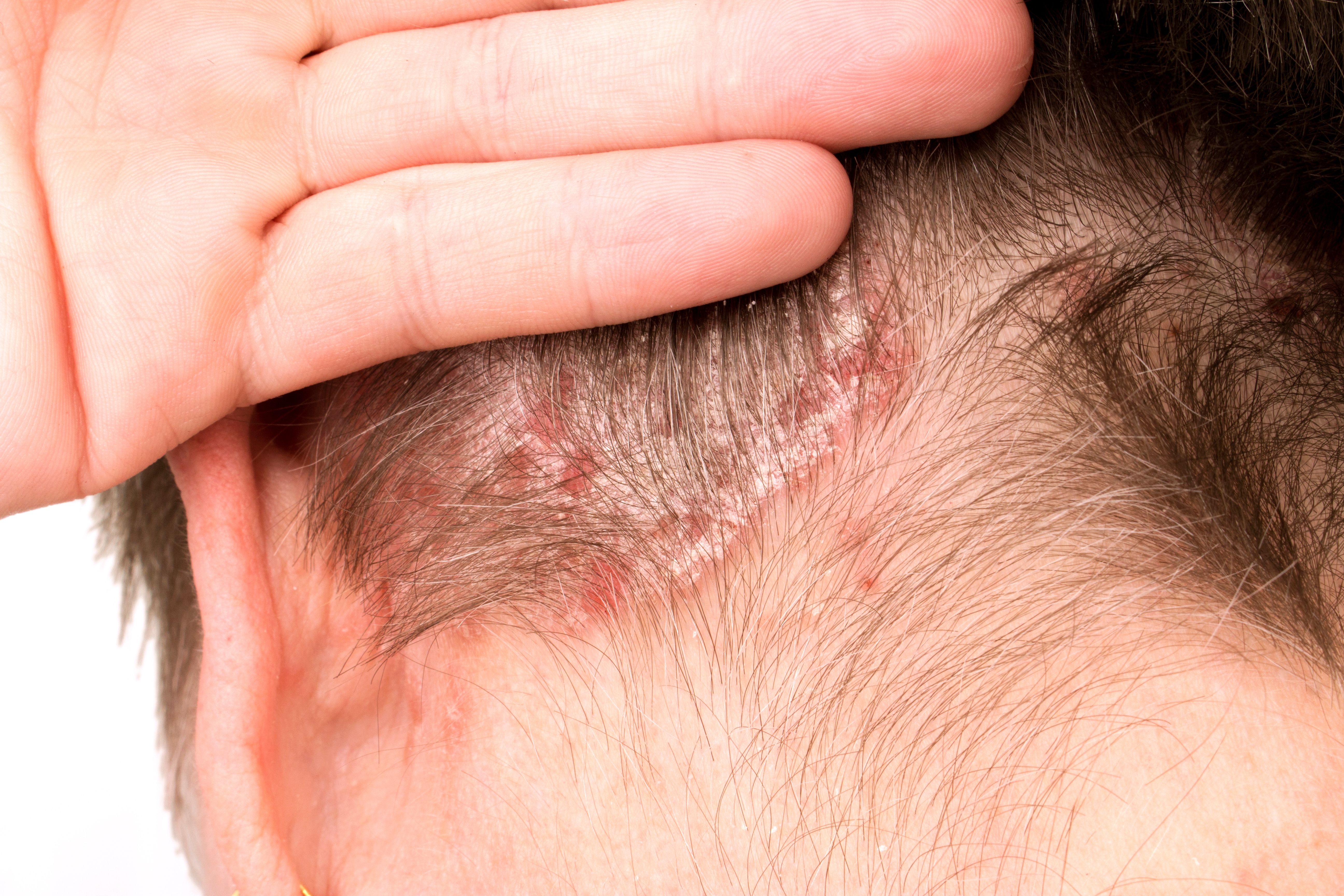News
Article
VISIBLE Trial Advances Diversity in Psoriasis Research
Author(s):
Key Takeaways
- The VISIBLE trial used innovative strategies to recruit diverse participants, including objective skin tone measures and self-identification of race and ethnicity.
- Enrollment was significantly faster than anticipated, with all participants identifying as non-White and over 50% having darker skin tones.
Novel strategies in the VISIBLE trial set a new standard for recruiting and retaining diverse participants with skin of color in dermatology clinical trials.
Clinical trials have long struggled to reflect the diversity of the US population, leaving critical gaps in data for conditions like psoriasis that vary significantly by skin pigmentation, race, ethnicity, and socioeconomic factors.1 Addressing these disparities, the VISIBLE trial has implemented groundbreaking strategies to recruit and retain participants with skin of color (SoC).
The trial aims to generate actionable insights to improve psoriasis care for underrepresented populations. | Image credit: CandyRetriever - stock.adobe.com

The trial aims to generate actionable insights to improve psoriasis care for underrepresented populations.
The ad hoc quality improvement assessment study is published in JAMA Dermatology.
“Innovations in the VISIBLE study include broadening inclusivity via participant self-identification of race and ethnicity and participation of individuals representing a full range of skin types, using objective measures of skin tone and pigmentation (eg. colorimetry and spectrophotometry) and implementing enhanced photography with central review to complement investigator training and ensure consistent evaluations across the spectrum of skin tones,” wrote the researchers of the study.
There has been little progress made in the last 3 decades to increase the participation of racial and ethnic minority groups in clinical trials, as noted by Valerie M. Harvey, MD, MPH, FAAD, founder and director of the Hampton Roads Center for Dermatology, at the Skin of Color Update 2024 in New York City.2
Conducted from August 2022 to March 2023, the trial successfully enrolled and randomized 211 participants with a mean (SD) age of 43 (13) years, comprising 75 females (36%) and 136 males (64%).1 Participants self-identified across a diverse range of racial and ethnic backgrounds, including 29.9% Asian, 44.5% Hispanic/Latino, 11.4% Black, and smaller percentages of American Indian/Alaska Native, Middle Eastern, Pacific Islander/Native Hawaiian, multiracial, and other groups.
To ensure inclusivity, the trial used a combination of objective colorimetry to assess Fitzpatrick skin types and self-reported data on race and ethnicity, facilitating the enrollment of individuals from a wide spectrum of backgrounds.
Participant enrollment occurred approximately 7-times faster than anticipated, a notable improvement compared with historical recruitment data for psoriasis studies. All participants self-identified as a race or ethnicity other than White, and over 50% had skin tones in the darker half of the Fitzpatrick skin type spectrum (types IV-VI). Key drivers of these outcomes included assessing post inflammatory pigment alteration using objective colorimetry combined with clinician- and patient-reported outcomes, evaluating genetic and comorbidity biomarkers relevant to participants with SoC, and employing a demographic-driven approach to site selection that prioritized diversity among investigators and staff.
Additional strategies, such as cultural competency training, patient-reported outcomes collection in participants’ primary languages, and periodic blinded central reviews of efficacy scoring, ensured consistent and accurate evaluation.
However, the researchers noted several limitations. The use of colorimetry provided an objective method to measure skin tone and pigmentation, but its novelty in psoriasis trials posed challenges in data interpretation. To address this, the Fitzpatrick Skin Type (FST) scale was used as a reference point, despite its known subjectivity and limitations for skin tone assessment. Additionally, the lack of enrollment quotas by race and ethnicity allowed for broad inclusivity but required grouping some self-identified racial and ethnic categories for statistical analysis. Furthermore, although the study achieved a representative demographic profile for psoriasis in SoC, its relatively small size compared with most psoriasis trials may have limited the generalizability of findings.
Despite these challenges, the researchers believe the trial was developed with input from a diverse group of experts and sets the stage for future studies to build on its methods and findings.
“Data from VISIBLE will help address important clinical care gaps and inform best practices to drive inclusive clinical research in dermatology,” wrote the researchers. “Enrollment in VISIBLE exceeded expectations set by historic psoriasis recruitment data, indicating that strategic changes to clinical trial design can affect participation of diverse individuals, even in diseases traditionally considered to be less prevalent in those with SoC.”
References
1. Alexis A, McMichael A, Vashi N, et al. Improving diversity in a novel psoriasis study. JAMA Dermatol. December 11, 2024. doi:10.1001/jamadermatol.2024.5103
2. McCormick B. Expert highlights need for greater diversity in dermatology clinical trials. AJMC. September 17, 2024. Accessed December 10, 2024. https://www.ajmc.com/view/expert-highlights-need-for-greater-diversity-in-dermatology-clinical-trials.





